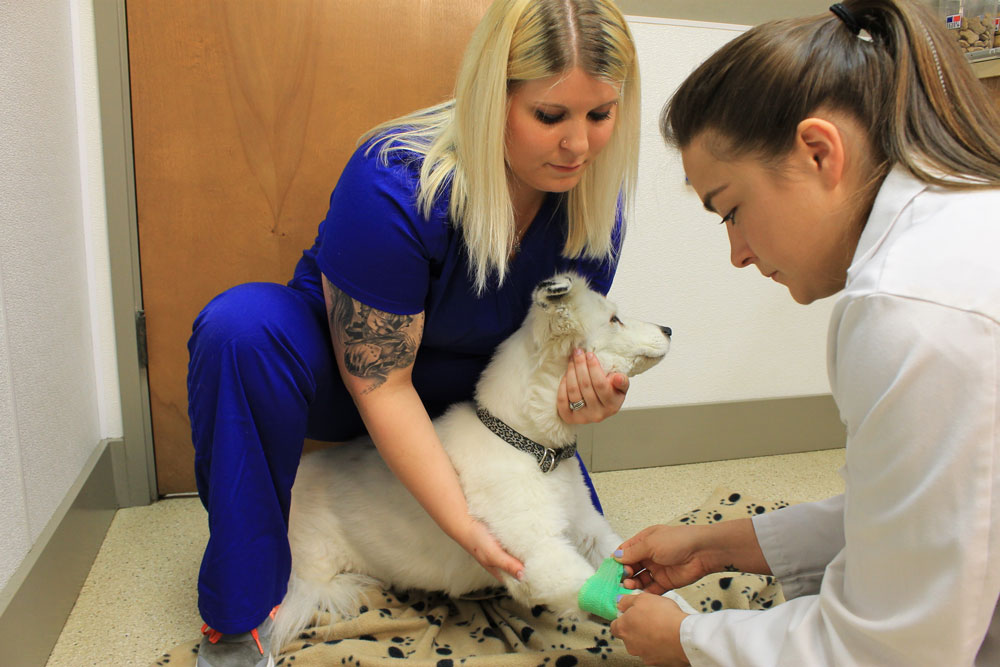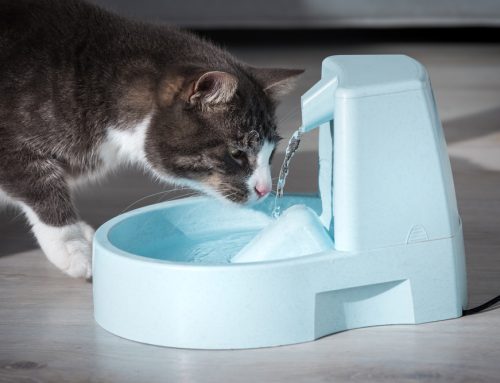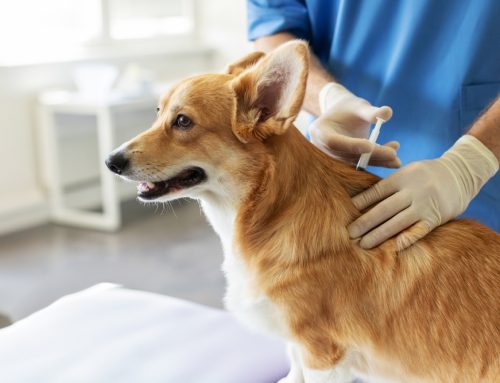Limping in pets is a prevalent issue that concerns many pet owners. Both dogs and cats can suffer from limping for various reasons, and it’s a significant symptom that should never be ignored. Recognizing when your pet is limping and understanding the potential causes is critical for seeking timely veterinary care.
At High Point Animal Hospital, we understand the worry that comes with seeing your pet in discomfort. Our commitment is to provide compassionate and expert care to help diagnose and treat the underlying causes of limping. In this article, we aim to educate pet owners about the common causes of limping and the crucial role of diagnostics in identifying and addressing these issues effectively.
Common Causes of Pet Limping
Injuries and Trauma
- Sprains and Strains: These soft tissue injuries, including sprains and strains, are common in pets. They occur when a muscle or ligament is overstretched or torn, leading to pain and limping. These injuries often result from sudden movements or overexertion.
- Fractures and Broken Bones: More severe injuries like fractures or broken bones can cause immediate and significant limping and require prompt veterinary attention to ensure proper healing and prevent complications. Learn more about broken bones in dogs.
- Foreign Objects: Painful limping can also be caused by objects such as glass, nails, or foxtails lodged in a pet’s paw. Regular inspection of your pet’s paws is crucial to avoid such injuries. Read more about foxtails in pets.
Arthritis and Degenerative Joint Disease
- Canine Arthritis: This condition is prevalent in older dogs, particularly in specific breeds, leading to joint pain and mobility issues. Managing your dog’s arthritis can significantly improve their quality of life. Explore the Mobility Matters Guide.
- Feline Arthritis: Cats are also susceptible to arthritis, though their symptoms might be more subtle than those in dogs. It’s crucial to monitor any changes in your cat’s behavior or movement patterns. More details on arthritis in cats.
Joint Issues and Structural Problems
- Hip Dysplasia: Often affecting larger dog breeds, this genetic condition leads to improper development of the hip joint, causing significant limping and potentially requiring surgical intervention. Learn about hip dysplasia.
- Patellar Luxation: This condition is common in small to medium-sized dogs, where the kneecap dislocates from its normal position, causing intermittent limping. For more insights, visit Patellar Luxation in Dogs.
Cruciate Ligament Injuries
- Canine Cruciate Ligament (CCL) Injuries: Damage to the cranial cruciate ligament is a leading cause of lameness in dogs. Often, surgery is needed to repair the torn ligament and restore mobility. More information is available on CCL injuries.
Other Common Causes
- Infections: Limping may also be due to infections in the paw or joints, which can be bacterial or fungal and require medical treatment.
- Tumors: Though rare, tumors can develop in a limb and cause limping due to pain or structural interference.
How Limping Affects Pets
Impact on Mobility
Limping can significantly reduce a pet’s ability to move comfortably, affecting their daily activities and overall quality of life. Early intervention is essential to prevent further deterioration in mobility.
Potential for Chronic Pain
Conditions causing limping can lead to chronic pain if untreated, significantly impacting a pet’s ability to enjoy life and engage in normal activities.
Emotional Impact
Pain and discomfort from limping can make pets anxious or irritable, affecting their emotional well-being and interactions with family members.
Identifying Limping and When to Seek Help
Observing Limping Behavior
- Subtle Limping: Minor limping can be easily overlooked, but it’s vital to observe any changes in your pet’s gait or activity level.
- Visible Limping: When a pet clearly favors a limb, it is crucial to assess the severity and potential causes.
Signs That Indicate Urgency
- Swelling or Warmth: Check for swelling or warmth in the affected area, which can indicate inflammation or injury.
- Inability to Bear Weight: If your pet refuses to put weight on a limb, it signifies a more serious problem.
- Pain and Crying: Crying, whimpering, or excessive licking at the painful area are signs that warrant immediate attention.
When to See a Veterinarian
If your pet exhibits any of the signs mentioned above, it is advisable to seek veterinary care promptly. At High Point Animal Hospital, our experienced team is ready to assist you in diagnosing and treating your pet’s condition. Contact us for an appointment.

Diagnostic Approaches at High Point Animal Hospital
Physical Examination
Our veterinarians perform comprehensive physical exams to assess swelling, tenderness, and mobility issues in the affected limb.
X-rays and Imaging
Diagnostic imaging, such as X-rays or ultrasounds, is essential for identifying fractures, joint issues, or ligament injuries. Imaging provides a clear view of the bone and soft tissue problems that might not be visible through a physical exam.







Leave A Comment